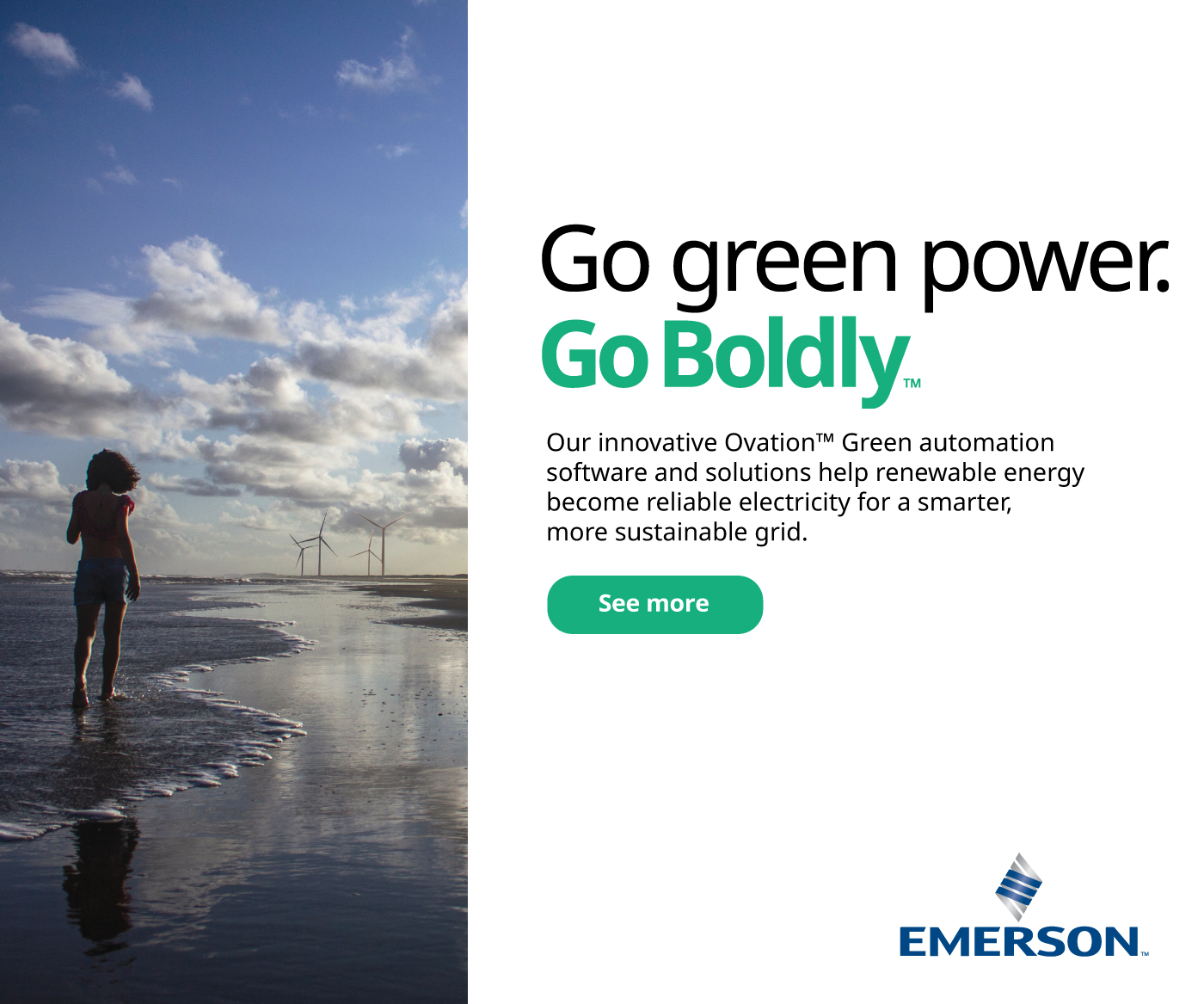Remanufacturing for Aftersales: A growing consideration for wind owners
Remanufacturing, the process of restoring worn or damaged components to a like-new state, holds significant potential for aftersales in the wind energy sector. As turbines approach the end of their design life, Operation & Maintenance (O&M) strategies focused on life extension become increasingly critical, especially where cost-effective repair or replacement options are limited. Rotor blades, which represent about one-third of a turbine’s total cost, are a major focus area. With replacement costs running into the hundreds of thousands, prematurely discarding blades that could be restored is economically and environmentally unsustainable.
Loose blade root inserts have become an increasing issue. Over time, cyclic loading, environmental factors, manufacturing factors, and resin matrix fatigue can cause blade root inserts to loosen, compromising structural integrity. It is recommended to perform corrective repairs within 3 to 6 months after detection to prevent accelerated fatigue damage and potential catastrophic failure. However, up until now the blade roots inserts could often not be repaired reliably onsite and needed expensive shipping to the manufacturer.
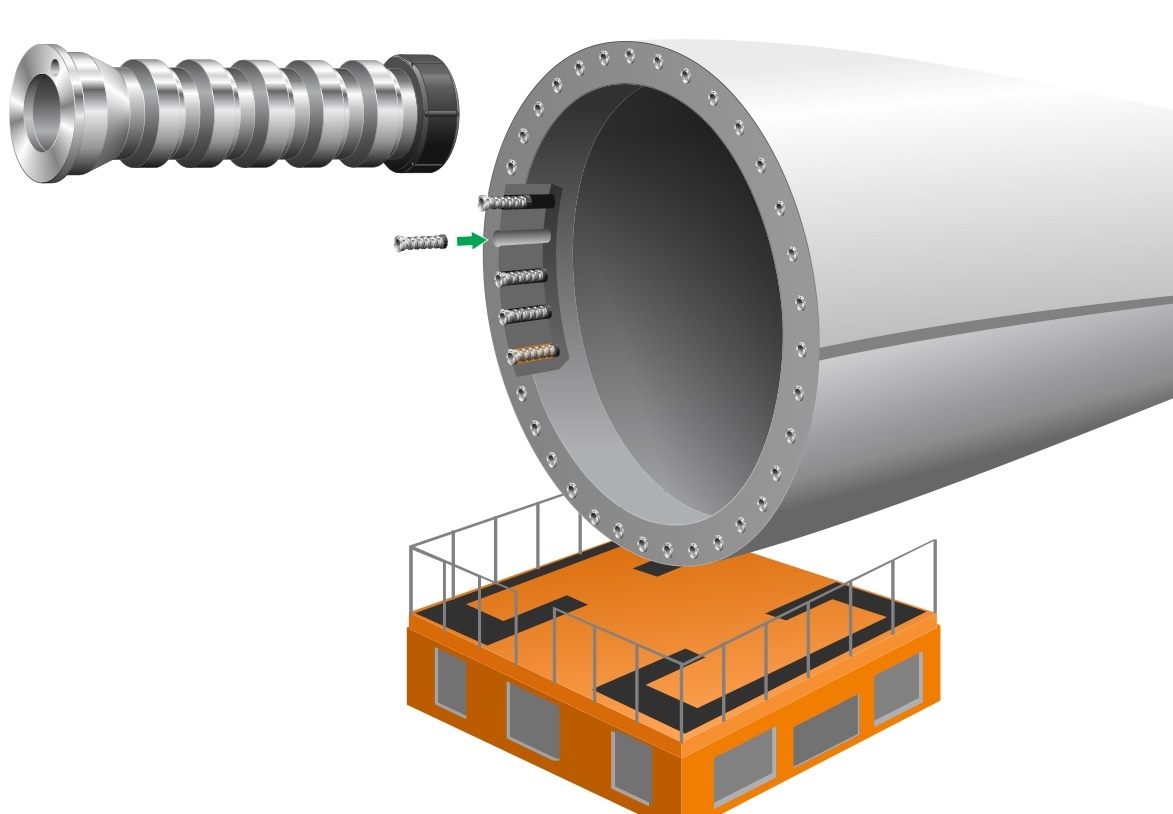
A new restoration method, developed by Danish and Dutch engineers, uses remanufacturing principles and provides significant advantages: up to 60 percent in cost savings, reduced downtime, and environmental benefits from eliminating potential blade waste and blade transportation (which would typically incur high logistical costs and CO2 emissions).
Lessons from automotive: The value of remanufacturing
Industries like automotive have long demonstrated the benefits of remanufacturing. High-value components such as internal combustion engines and turbochargers are routinely restored, reducing material waste and preserving embedded energy that would otherwise be lost through scrapping. This model is applicable to wind turbines, where large, load-bearing components like blade root inserts experience fatigue-related degradation and are complex and costly to replace.
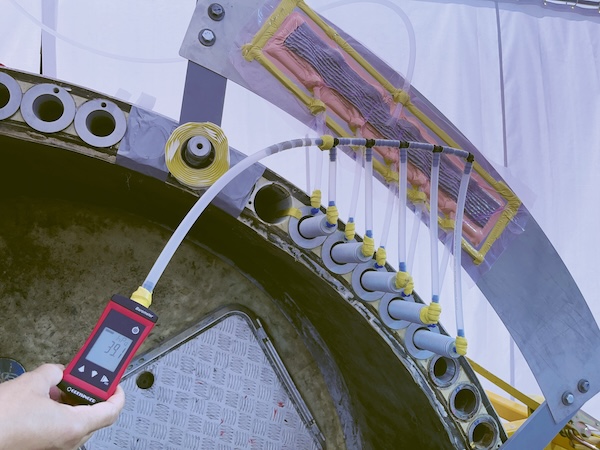
Case Study: Addressing blade root insert failures in the field
Engineers observed that repeated manual repairs on blade root inserts provided only short-term relief and set out to develop a remanufacturing method for the wind turbine owners to conduct the restoration onsite, receiving prior training and tools to do the job.
Blade root inserts: Critical load transfer components
Also known as bushings, these blade root inserts act as high-strength load introduction points at the blade root, enabling secure bolted connections between the composite blade structure and the metallic hub interface. They must endure millions of load cycles, withstanding complex aerodynamic and gravitational stresses. Maintaining their structural integrity and bonding performance is essential for safe, long-term turbine operation.
Limitations of traditional repair and replacement
Alternative solutions like shipping entire rotor blades to the original equipment manufacturer (OEM) are costly and time-consuming, involving complex logistics, regulatory approvals for heavy haulage and extended turbine downtime that often lasts months.
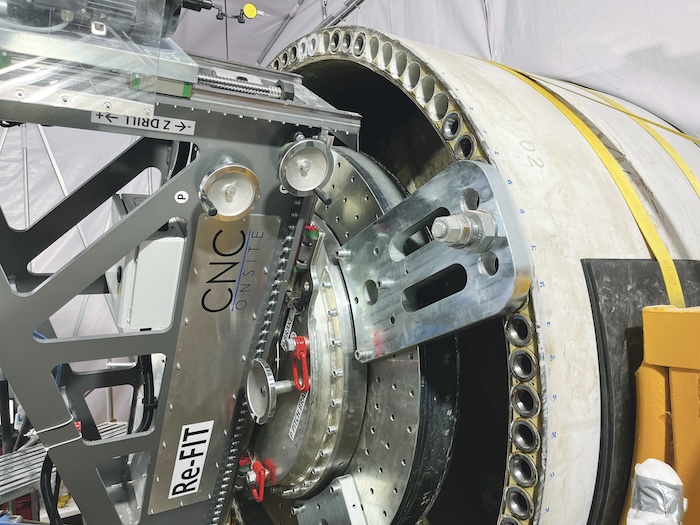
Partnership with a precision machining specialist
Using the principles of remanufacturing, the approach involves three key elements:
- High-precision CNC milling to remove damaged or fatigued inserts without damaging surrounding composite structure.
- Structural restoration using advanced resin systems to re-establish original load paths and bonding interfaces.
- Installation of replacement bushings engineered to meet fatigue and mechanical requirements for long-term operation.
Extensive trials tested resin systems for interface restoration and CNC milling accuracy to ensure the remanufactured zones restored original stiffness and fatigue resistance.
After three years of development, the solution was successfully implemented so that the concept and tools could be transferred to the launch customer in South Asia in April 2025. The customer had been looking for a technically and economically viable alternative to blade replacement
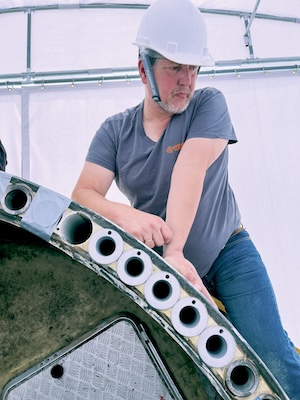 Onsite repair execution and training
Onsite repair execution and training
For the technology transfer to the 50 MW wind farm project, which needed bushing restoration of 26 wind turbines, a team of client maintenance technicians were trained in the Netherlands for bushing installation, and in Denmark on operating custom precision drilling machines.
A field workshop was established at the wind farm consisting of three industrial work tents: one for drilling, one for bushing replacement, and one for final surface flattening. After a few weeks, the client was able to run the system independently, leaving the technicians to focus on transferring the technology to other wind owners.
Custom drilling technology for fiberglass blades
The team designed a machine to drill defective bushings from fiberglass composite blades, creating precisely dimensioned holes for replacements. Special drill bits and controlled drilling parameters (RPM and feed rate) were developed to maximize tool life and process quality, accommodating blades with various bolt circle diameters and bushing sizes.
Advanced infusion technology for long-lasting bonds
New infusion technology allowed technicians to fasten the replacement bushings with exact centering. Epoxy resin was infused through inlet tubes into the bushing base with vacuum assistance for even distribution. Glass fiber rovings reinforced the bond, resulting in a durable, long-lasting mechanical connection. After insertion, the blade root was checked and flattened as necessary to ensure proper mating with the hub bearing — a procedure developed jointly onsite with the client
Conclusion: Economic and sustainability benefits
Traditional blade replacement economics often result in premature scrapping, even when blades could be restored. Remanufacturing principles offer a cost-effective, structurally sound alternative that extends turbine life, reduces waste, and preserves valuable composite materials. It is both an engineering solution and a strategic asset management approach for the wind industry.
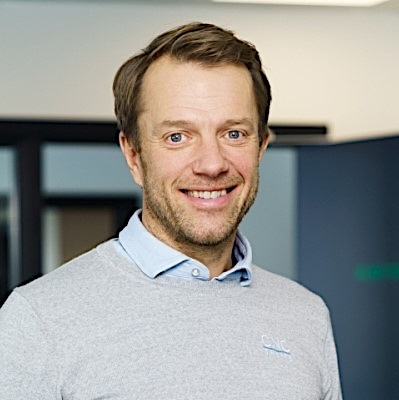 Søren Kellenberger is sales director at CNC Onsite, a machining specialist in the wind energy sector. With a mechanical engineering degree, Søren has worked for 15 years in the wind turbine industry, working on turbine development, transport and installations equipment for turbines and special equipment for O&M.
Søren Kellenberger is sales director at CNC Onsite, a machining specialist in the wind energy sector. With a mechanical engineering degree, Søren has worked for 15 years in the wind turbine industry, working on turbine development, transport and installations equipment for turbines and special equipment for O&M.
CNC Onsite | www.cnconsite.dk
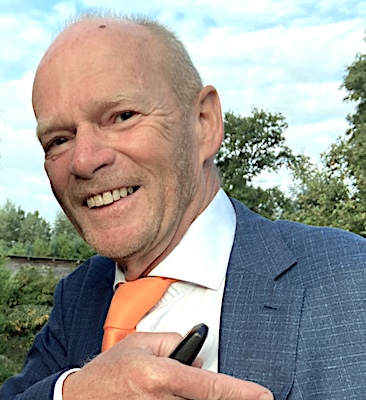 Arnold Timmer is the managing director and co-owner of We4Ce, a rotor blade designer and consultancy. With more than three decades of experience in the wind industry, including quality management and strategies for cost optimization, Arnold has held management positions at Philips Enabling Technology Group, VDL and Super B Lithium Power.
Arnold Timmer is the managing director and co-owner of We4Ce, a rotor blade designer and consultancy. With more than three decades of experience in the wind industry, including quality management and strategies for cost optimization, Arnold has held management positions at Philips Enabling Technology Group, VDL and Super B Lithium Power.
We4Ce | www.we4ce.eu
Author: Søren Kellenberger and Arnold Timmer
Volume: 2025 July/August









